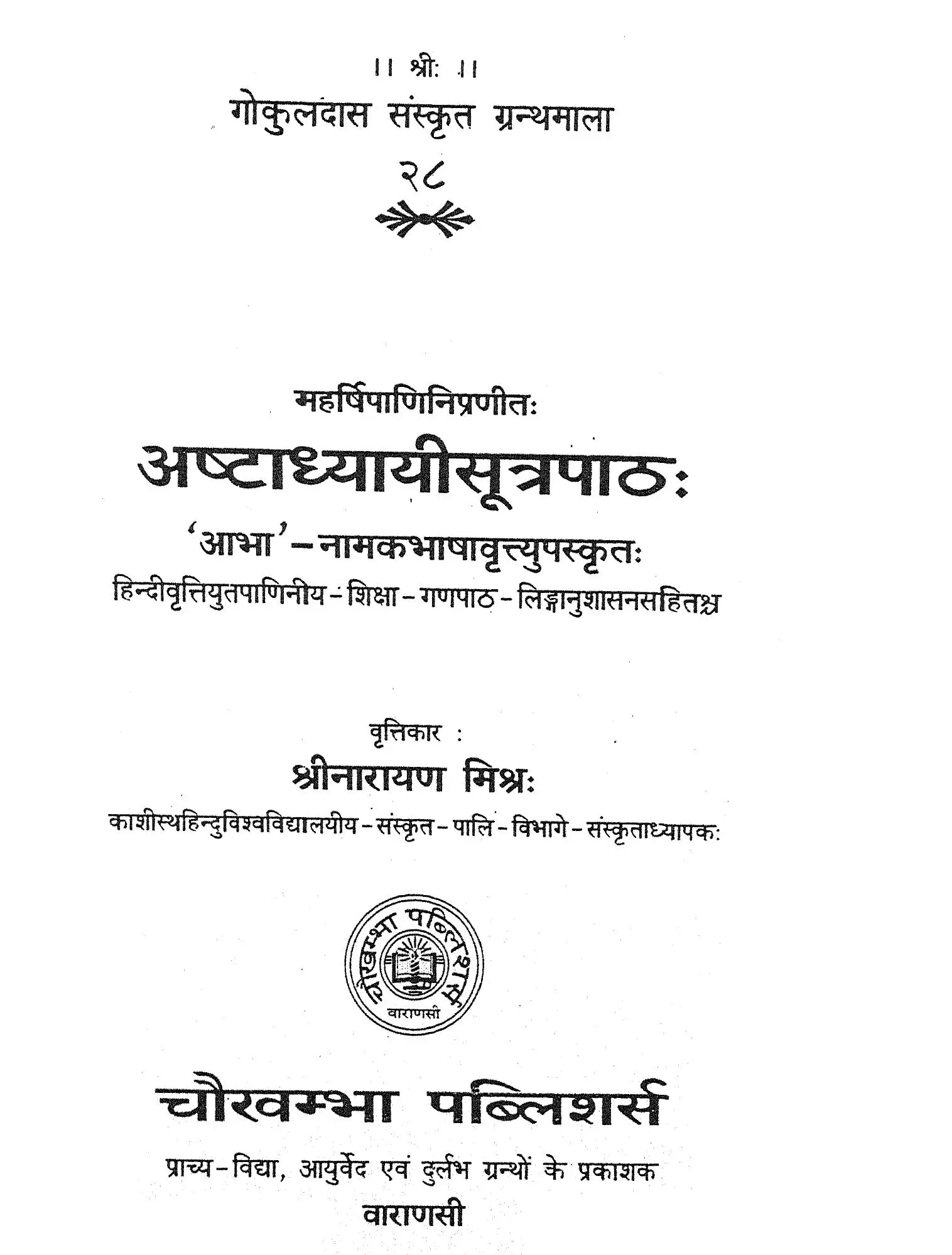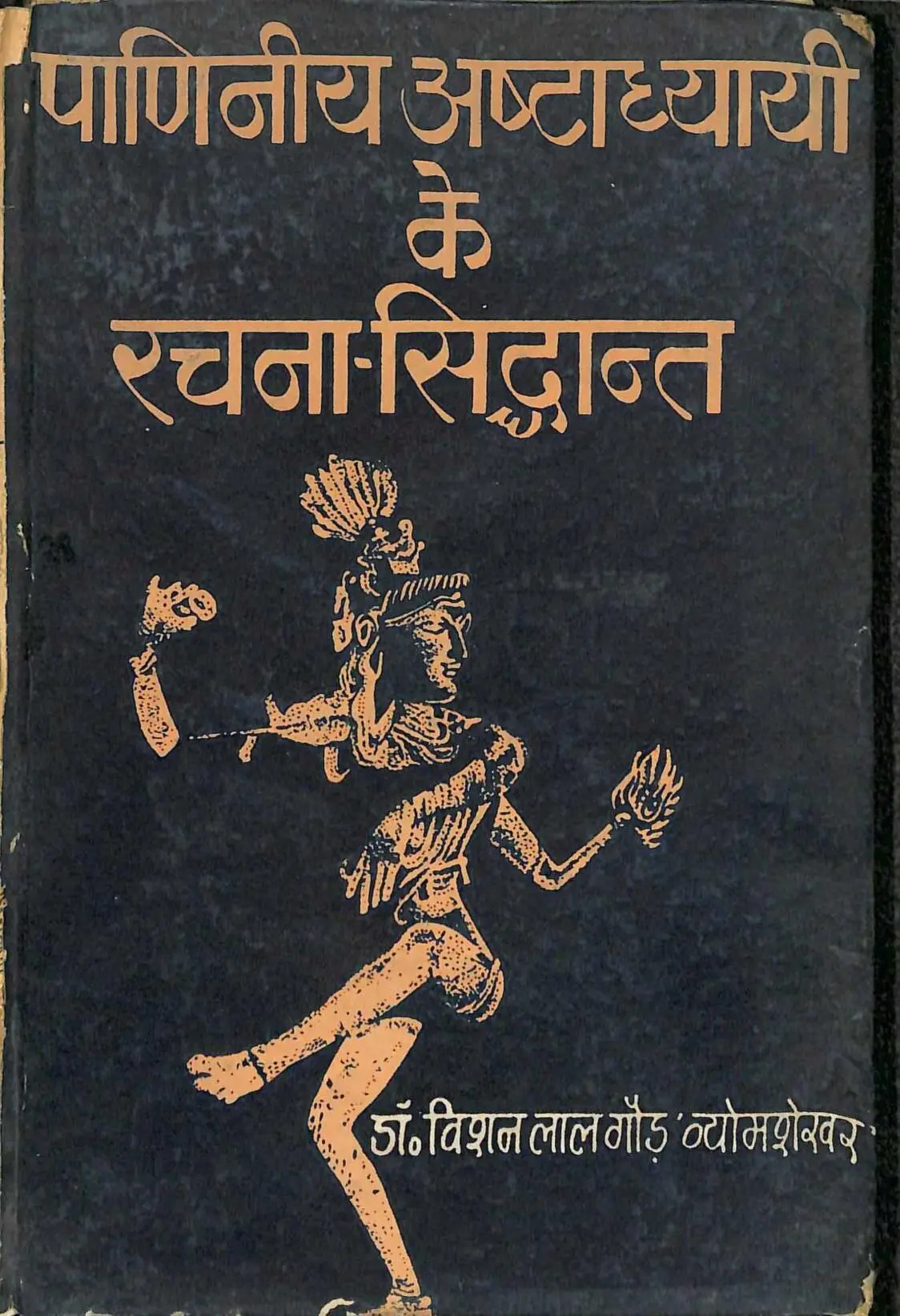Maharishi Panini: Architect of Linguistic Science
India has long been a nexus of culture, knowledge, and scientific advancement, playing a pivotal role in the ancient global economy. It was against the backdrop of this illustrious heritage that Maharishi Panini, the eminent grammarian and language scientist, emerged. Our exploration delves into his life, his transformative work, and his lasting influence. For clarity, we’ve segmented the essay into nine detailed parts, as follows:
Ancient Hindu Civilization Overview
Maharishi Panini: A Linguistic Genius from Ancient India
In-Depth Overview of “Ashtadhyayi”
The Enduring Linguistic Legacy of Maharishi Panini
Maharishi Panini’s Enduring Impact on Sanskrit Literature
Panini in the Modern World: A Legacy That Transcends Time
Comparative Analysis: Maharishi Panini and World Grammarians
Timeless Legacy of Maharishi Panini: A Concluding Reflection
References
Let us now embark on this exploration now
The ancient Hindu civilization, rooted deeply through millennia, is a beacon of human intellect and spirituality. Among its array of contributions, the work of Maharishi Panini in linguistics, especially his masterwork “Ashtadhyayi,” exemplifies a sophisticated mastery of language and grammar. This is but a glimpse of the diverse and profound cultural and knowledge base that ancient Hindu society boasted, excelling in domains from astronomy and medicine to mathematics and the science of flight.
Astronomy and the Cosmos
Hindu scholars looked to the stars and beyond, developing a sophisticated understanding of the cosmos. They knew the cycles of planets, stars, and the solar system with remarkable accuracy. This profound astronomical knowledge is evident in texts like the “Vedas”, which detail celestial movements and phenomena, showcasing an early grasp of the universe’s vastness.
Aviation: The Quest for Flight
Ancient Hindu texts, such as the “Vimana Shastra”, describe aerial vehicles, or Vimanas, illustrating a fascination with aviation and the possibility of flight. These accounts reflect an imaginative vision of travel and transportation, hinting at the sophisticated thought processes of the time.
Medicine and Surgery: Foundations of Health Science
In the realm of medicine and surgery, ancient Hindus made groundbreaking advances. “Sushruta Samhita”, attributed to sage Sushruta, is a fundamental text that outlines surgical techniques, medicinal plants, and health practices. It demonstrates an intricate understanding of the human body, surgical procedures, and holistic health.
Mathematics and the Concept of Pi
Mathematical achievements were also significant, with scholars like Aryabhata contributing to the development of the concept of Pi. Ancient Hindu mathematicians excelled in algebra, geometry, and trigonometry, laying down the principles that would shape future scientific and mathematical thought.
Time Measurement: Understanding Eternity
Ancient Hindus had a unique perspective on time, viewing it as cyclical and vast. Their ability to measure and conceptualize time in such expansive cycles reflects a deep philosophical understanding of the universe’s eternal nature.
Measuring Distance: Mastery Over Space
In measuring distance, Hindu scholars employed sophisticated techniques and instruments. Their knowledge extended to architectural and astronomical measurements, enabling precise construction and alignment of temples and cities according to celestial bodies.
Conclusion
The rich cultural heritage and knowledge base of ancient Hindu civilization are truly remarkable. From the linguistic insights of Panini to the astronomical observations and mathematical innovations, these contributions have shaped our understanding of the world. The legacy of ancient Hindu knowledge continues to inspire and inform across countless domains, highlighting the enduring impact of this vibrant civilization.
In-Depth Overview of “Ashtadhyayi”

Maharishi Panini’s “Ashtadhyayi” is not merely a grammar guide but a monumental codex that systematically organizes the complex tapestry of Sanskrit through nearly 4,000 succinct rules. These rules, ingeniously compartmentalized into eight chapters, present an exhaustive framework that spans the entire gamut of linguistic elements, from phonetics to syntax.
Unprecedented Nature of “Ashtadhyayi”
The “Ashtadhyayi” distinguishes itself as the world’s first exhaustive grammar system, offering a comprehensive codification of Sanskrit that was revolutionary for its time. Its methodical approach and the depth of linguistic analysis it provided were unparalleled, marking a before and after in the history of linguistic studies.
Revolutionary Impact and Significance
With the “Ashtadhyayi,” Panini not only established a rule-based system for grammar but also laid down the foundations upon which modern linguistic theories were built. This work represented a quantum leap in the scientific understanding of language, introducing concepts that would resonate through centuries of linguistic thought.
Innovative Methodology of Panini
Panini’s genius is further exemplified in his sophisticated use of meta-rules, transformations, and recursion within the “Ashtadhyayi.” Meta-rules in Panini’s framework serve as overarching principles that dictate the application of other specific rules, ensuring a cohesive and logical structure. Through transformations, Panini demonstrated an early understanding of morphological changes, while his use of recursion allowed for the application of rules in a self-referential manner, showcasing an advanced grasp of language’s inherent complexity.
Concluding Reflections on “Ashtadhyayi”
Panini’s “Ashtadhyayi” transcends its identity as a mere text on grammar, standing as a testament to the analytical and logical prowess of its creator. This magnum opus has left an indelible mark on the field of linguistics, providing a lens through which the intricate architecture of language can be understood. Its enduring relevance and the continued study of its principles underscore its position as a cornerstone in the edifice of linguistic science, affirming Panini’s legacy as a master architect of language
The Enduring Linguistic Legacy of Maharishi Panini

Maharishi Panini’s profound influence on the realm of linguistic science is a testament to his unparalleled intellectual rigor and innovative methodologies.
Expansive Contributions to Linguistic Science
Maharishi Panini’s seminal work in linguistics has had a transformative impact on the study and understanding of Sanskrit, and by extension, the field of linguistics at large. Through his exhaustive analysis of phonetics, he laid the groundwork for phonological theory, dissecting the sonic aspects of the language into an organized system. In the realm of morphology, Panini’s classification of word forms and roots broke new ground, providing a framework for understanding the generative aspects of language. Furthermore, his systematic approach to syntax, the arrangement of words to form meaningful sentences, offered a comprehensive model that has informed grammatical theory across languages.
Pioneering Foundations for Modern Linguistic Theories
Panini’s contributions were not just revolutionary for his time but also prophetic, presaging foundational concepts in modern linguistics. His analytical methods and systematic classification of the Sanskrit language prefigured the structuralist approach, which seeks to understand language through its underlying structures. Moreover, Panini’s work anticipated elements of the Chomsky hierarchy, a modern linguistic theory that classifies languages based on their generative complexity. This remarkable foresight underscores the timelessness of Panini’s contributions, bridging ancient scholarship and contemporary linguistic thought.
The Transformative Power of the “Sutra”
Central to Panini’s linguistic methodology is the concept of the “sutra,” or concise rule. These sutras are not mere guidelines but the very foundation upon which the edifice of Sanskrit grammar is constructed. Each sutra, meticulously crafted, acts as a building block within Panini’s elaborate linguistic architecture, offering insights into language patterns, word usage, and sentence formation. This precision in applying sutras to articulate complex grammatical rules was unprecedented and represents a significant innovation in grammatical scholarship.
Application and Innovation in Grammar
Panini’s strategic application of sutras transformed the landscape of linguistic analysis. With unparalleled precision, these sutras delineate the intricate patterns of language, guiding the formation of words and sentences in a manner that was both revolutionary and foundational for subsequent linguistic theories. This methodology, characterized by its rigor and detail, showcased Panini’s innovative approach to understanding and systematizing the complexities of language.
Concluding Reflections on Panini’s Linguistic Influence
Maharishi Panini’s legacy in the field of linguistics is monumental, extending far beyond the confines of Sanskrit grammar. His pioneering work laid the cornerstones for linguistic theory, influencing not just the study of ancient languages but also shaping modern linguistic thought. Panini’s meticulous analysis, systematic approach, and innovative use of sutras have made his contributions an enduring source of scholarly insight, continuing to inspire and inform linguistic research and theory development across the globe.
The Timeless Legacy of Maharishi Panini: A Concluding Reflection
Maharishi Panini’s enduring contributions to linguistic science have cemented his legacy as a seminal figure whose work transcends the boundaries of time and culture. This concluding section seeks to encapsulate the essence of his contributions, drawing upon the insights presented throughout this exploration.
Transforming Linguistics
Panini’s “Ashtadhyayi” was a pioneering work that revolutionized the study of linguistics. By laying down an exhaustive framework for Sanskrit grammar, his systematic approach not only codified an ancient language but also established the foundational principles upon which modern linguistics is built.
A Foundation for Future Generations
The impact of Panini’s work extends far beyond his immediate context, providing a rich source of inspiration for linguists and scholars across millennia. His contributions have become a cornerstone for the study of languages, shaping the trajectory of linguistic research and theory development.
Understanding Language Evolution
Panini’s work offers profound insights into the evolution of language. Through his meticulous analysis and codification of Sanskrit, he provides a unique lens through which the complexities and intricacies of linguistic development can be understood, offering valuable perspectives on the dynamic nature of human language.
The Significance of His Grammar
The “Ashtadhyayi” stands as more than a historic text; it is a pivotal work in the annals of linguistic theory. Panini’s grammar bridges the gap between ancient wisdom and contemporary understanding, highlighting the relevance of his insights in the modern study of language and grammar.
A Legacy Beyond Boundaries
Reflecting upon Maharishi Panini’s contributions, it is evident that his legacy is not confined to the realm of Sanskrit or ancient India. Instead, his work serves as a foundational pillar for the field of linguistics at large. Panini’s intellectual achievements underscore the profound impact one individual’s insights can have on the collective understanding of language, affirming his place as a monumental figure in the history of linguistic science.
In navigating the complexities of ancient texts and modern theories, Panini’s legacy acts as a bridge, illustrating the enduring power of intellect and innovation. As we continue to explore the vast expanse of linguistic science, the principles and methodologies pioneered by Panini remain as relevant and illuminating today as they were millennia ago, testament to the timeless nature of his contributions.
References
Primary Sources on Panini
“Ashtadhyayi” by Panini
- Panini’s “Ashtadhyayi” is the foundational text. It outlines the grammar of Sanskrit.
Scholarly Articles and Books
Exploring Panini’s Grammar
- “The Structure of the Ashtadhyayi” by R. K. Sharma. This book delves into the complexities of Panini’s work.
- “Panini: His Work and Its Traditions” by George Cardona. A detailed analysis of Panini’s contributions and their impact on linguistics.
Online Resources
Digital Libraries
- The Digital Library of India offers access to manuscripts and works related to Panini.
- JSTOR and Project MUSE contain scholarly articles on Panini’s grammar and its significance.
Academic Databases
Dedicated Research on Panini
- The Indological References Database (INDRADB) includes research articles and references to Panini’s work.
- Google Scholar provides a wide range of academic papers and book references on Panini.
Institutions Focused on Sanskrit Studies
Centers of Excellence
- The Sanskrit Academy, Hyderabad, conducts research and offers courses on Panini’s grammar.
- The Bhandarkar Oriental Research Institute, Pune, has extensive resources for the study of ancient texts, including the works of Panini.
References offer a starting point for anyone interested in exploring Maharishi Panini’s profound contributions to linguistics and the study of Sanskrit grammar.
Download Panini’s “Ashtadhyayi” from these links

[Credit https://archive.org]
Astadhyayisutrapatha : Maharshi Panini : Free Download, Borrow, and Streaming : Internet Archive
FEATURE IMAGE: Click here to view the image. [ Credit: http://wellcomeimages.org]

Good day! Do you use Twitter? I’d like to follow you if that would be ok. I’m definitely enjoying your blog and look forward to new updates.
I really appreciate your help
You helped me a lot with this post. I love the subject and I hope you continue to write excellent articles like this.
Thank you for writing this post! http://www.ifashionstyles.com
Please tell me more about your excellent articles http://www.hairstylesvip.com
Thank you for sharing this article with me. It helped me a lot and I love it. http://www.hairstylesvip.com
You helped me a lot with this post. http://www.hairstylesvip.com I love the subject and I hope you continue to write excellent articles like this.
Can you write more about it? Your articles are always helpful to me. Thank you! http://www.hairstylesvip.com
What i do not realize is in truth how you’re now not actually much more well-liked than you may be right now. You are very intelligent. You recognize thus considerably on the subject of this topic, produced me in my view believe it from a lot of numerous angles. Its like men and women are not interested unless it is one thing to do with Woman gaga! Your own stuffs nice. At all times handle it up!